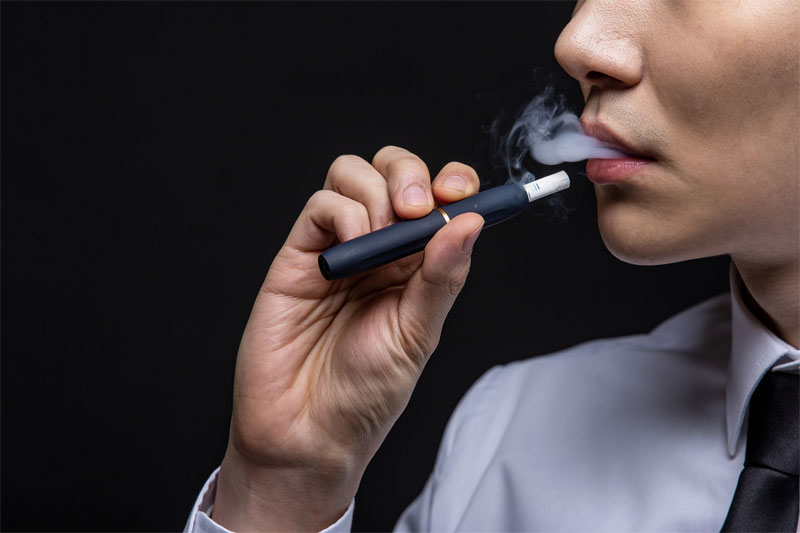
Exploring the Ingredients within E-Cigarettes
Electronic cigarettes, commonly known as e-cigarettes, have garnered significant attention in recent years due to their role in nicotine consumption. A pressing query for many is: what do e-cigarettes contain? Understanding the components of e-cigarettes is crucial for consumers and health advocates alike.
Core Ingredients of E-Liquid
E-cigarettes function by vaporizing a liquid mixture called e-liquid or vape juice. Key ingredients include:
- Propylene Glycol (PG): This colorless, odorless liquid is known for its ability to hold flavor and produce a throat hit similar to smoking.
- Vegetable Glycerin (VG): A thicker, sweeter liquid that creates larger vapor clouds.
- Nicotine: The primary addictive component in e-cigarettes, available in various concentrations.
- Flavorings: Food-grade additives that give the e-liquid diverse tastes, ranging from fruity to intense tobacco flavors.

Investigating Additional Components
Besides e-liquid, e-cigarettes contain several other elements:
- Atomizer: The heating element that vaporizes the e-liquid.
- Battery: Provides energy for the atomizer, powering the device.
- Cartridge or Tank: Holds the e-liquid, varying in capacity depending on the e-cigarette model.
The Role of Nicotine in E-Cigarettes
Nicotine in e-cigarettes is a key draw for users transitioning from traditional smoking. This addictive substance is often available in forms like nicotine salts, providing smoother throat hits and quicker absorption.
is often available in forms like nicotine salts, providing smoother throat hits and quicker absorption.
Flavor Variety and Its Composition
One appealing aspect of e-cigarettes is the vast array of flavors. From menthols to desserts, each flavor consists of unique chemical compounds which mimic real tastes without involving tobacco.